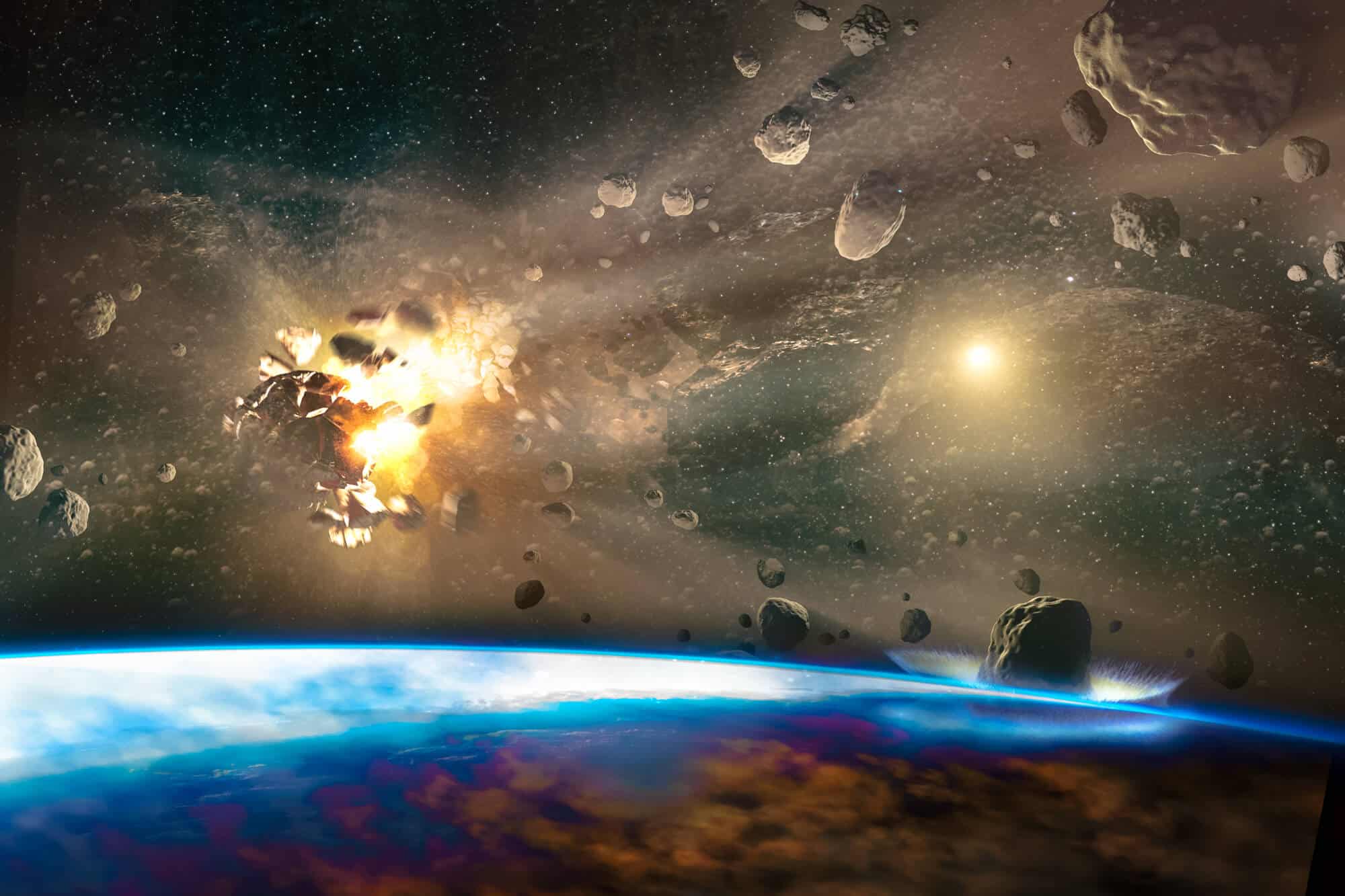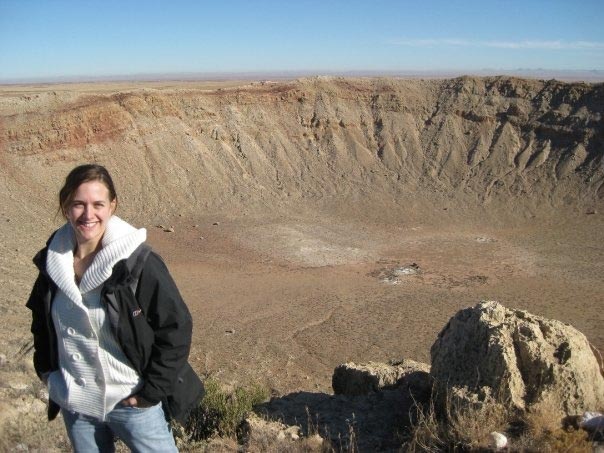A large impact crater under the North Atlantic Ocean reveals - the deadly asteroid was not alone

The discovery of a large impact crater under the North Atlantic reveals the possibility that more than one asteroid spelled the doom of the dinosaurs.
A new impact crater discovered under the ocean floor suggests that more than one asteroid may have hit Earth around the time the dinosaurs went extinct
Scientists have discovered evidence of an asteroid impact crater under the North Atlantic Ocean. It may force researchers to rethink how the dinosaurs came to the end of their reign.
The team believes that the crater was caused by an asteroid that crashed into Israel about 66 million years ago. That's roughly the time the Chickshulov asteroid hit Earth off the coast of present-day Yucatan and wiped out the dinosaurs.
The crater, which is more than eight kilometers in diameter, was discovered through seismic measurements, which allow scientists to investigate what lies deep beneath the earth's surface.
Veronica Bray, a research scientist at the University of Arizona's Lunar and Planetary Laboratory, is a co-author of a study in Science Advances detailing the discovery. She specializes in craters found throughout the solar system.
Nadir Crater, named after a nearby underwater mountain, is buried up to 400 meters below the sea floor about 400 km off the coast of Guinea in West Africa. According to the research team, the asteroid that created the newly discovered Nadir Crater could have been formed by the breakup of a parent asteroid or by a swarm of asteroids during the same time period. If verified, the crater would be one of less than twenty confirmed marine impact craters found in the world.

Bray used computer simulations to determine the type of collision that occurred and what the results were. The simulations show that the crater was created by the collision of an asteroid 400 meters wide with water at a depth of 500 to 800 meters.
"It created a tsunami that was more than 900 meters high, and also an earthquake with a magnitude of more than 6.5," Bray said. "Although this is much smaller than the global catastrophe from the Chikshulov impact, a nadir would have contributed significantly to the local devastation. And if we found one "brother" of Chikshulov, the question arises as to whether there are others."
The asteroid's estimated size is about the same as Bennu, the target of OSIRIS-REx, NASA's Arizona State University-led mission to return asteroid samples. According to Bray's calculations, the energy released in the impact that caused the Nadir crater was around a thousand times greater than the tsunami caused by the massive underwater eruption of the Hunga Tonga-Hunga Hapai volcano in the Polynesian nation of Tonga on January 15.
These are preliminary simulations and we will have to refine them when we obtain more data," said Bray, "but they provide important insights into the possible depth of the ocean in this area at the time of the impact."
More of the topic in Hayadan:
- Last Spring of the Dinosaurs: Groundbreaking Study Pinpoints the Season of the Chicxulub Asteroid Collision
- The asteroid that killed the dinosaurs hit at the worst possible angle and therefore caused maximum damage
- The dinosaurs thrived before the asteroid hit wiped them out
- "We must prepare for the danger of an asteroid collision with the Earth, otherwise we will end up like the dinosaurs"
